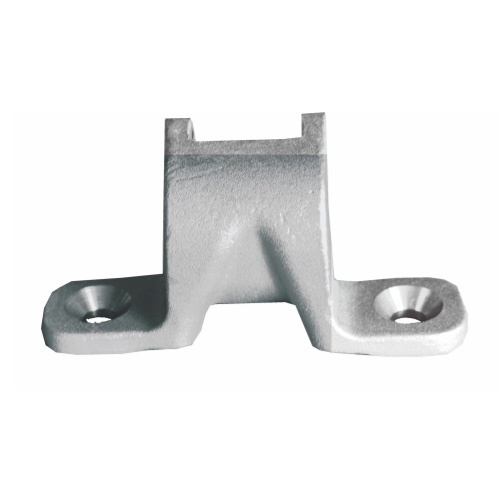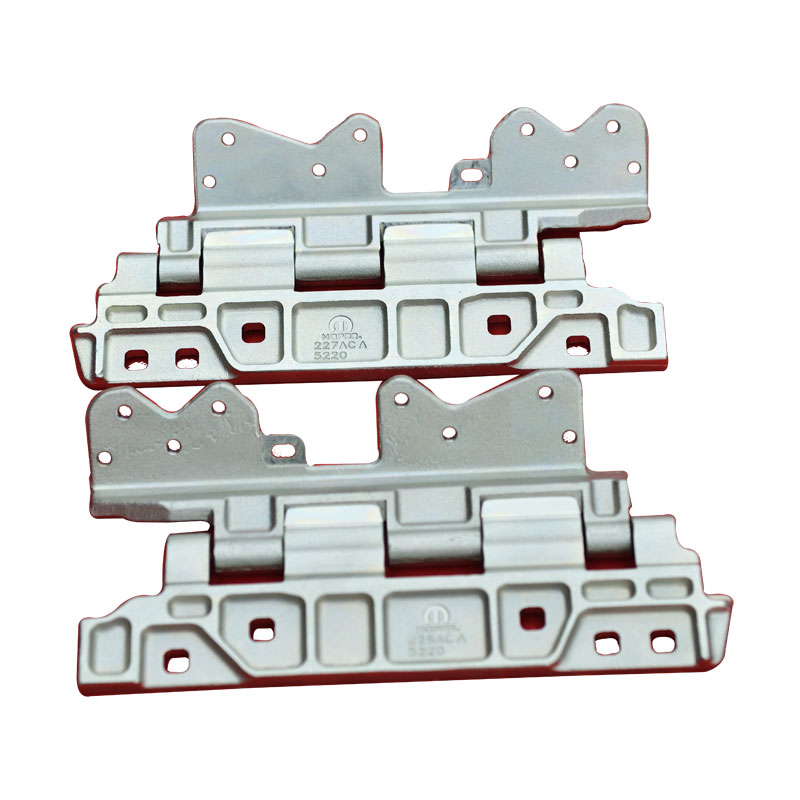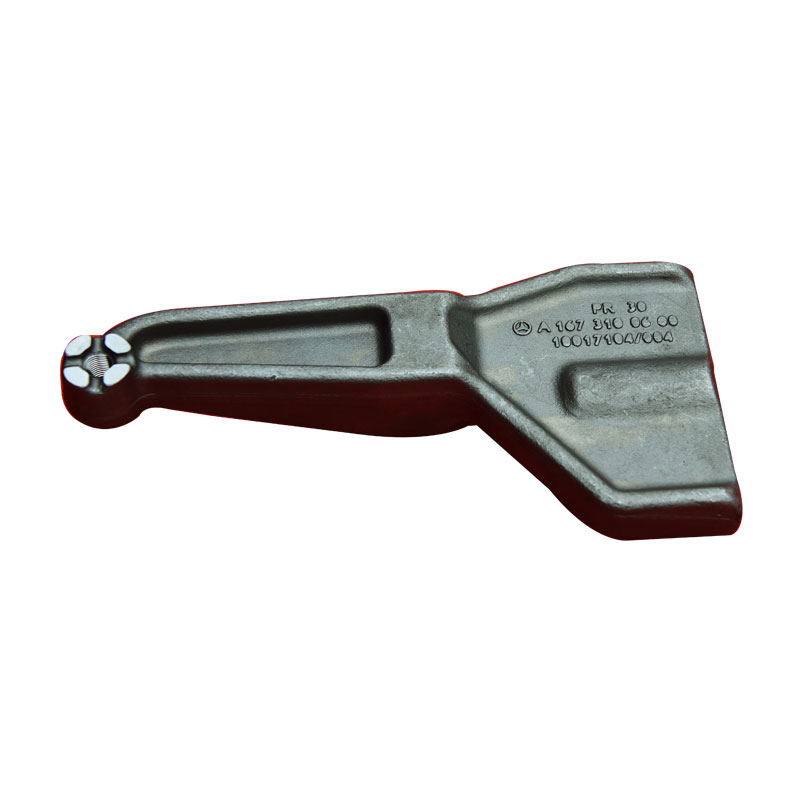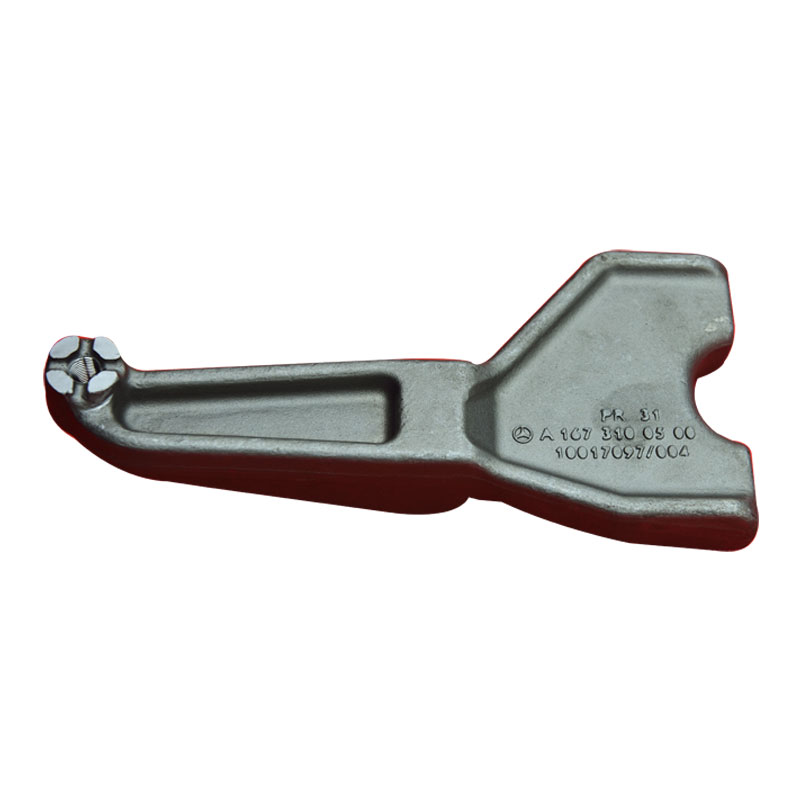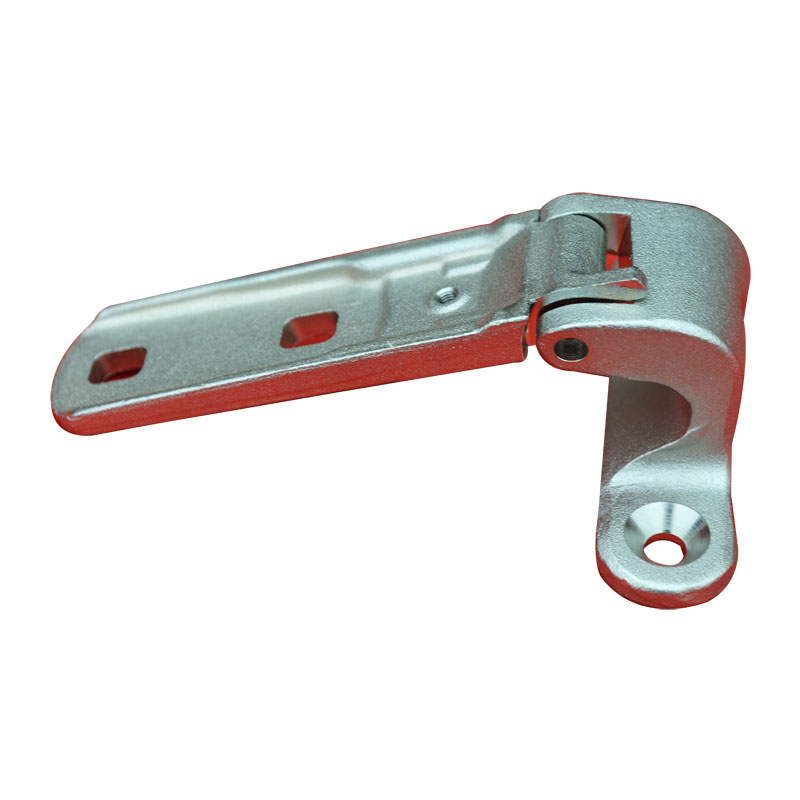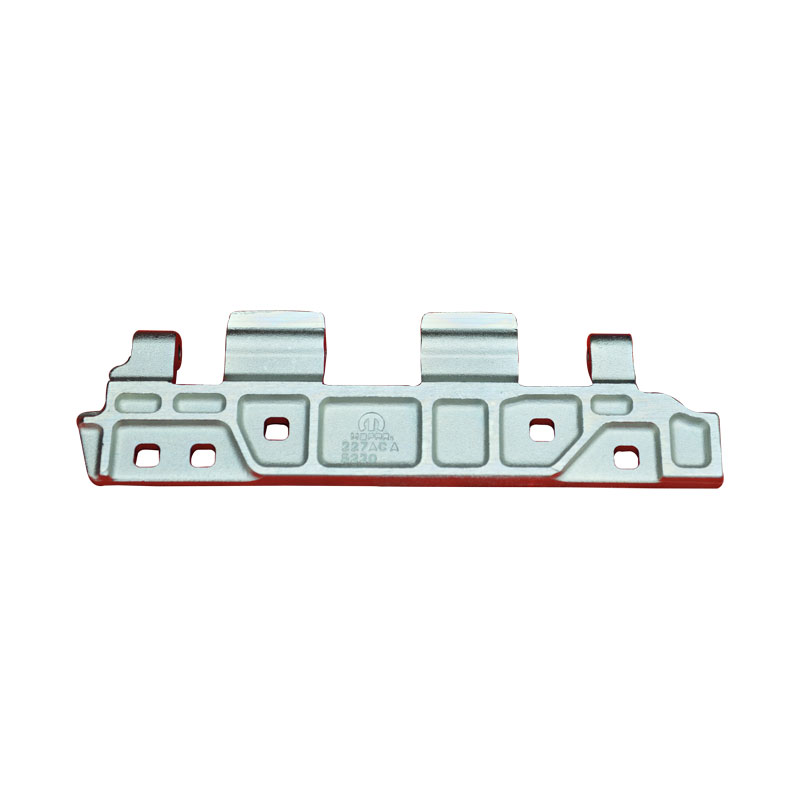Forging is a skill that must be fought for in the industrial age
2022-05-11
The discovery of PASCAL's principle opened the door to large forging equipment. In 1653, French physicist PASCAL found incompressible stationary fluid in any point from external pressure value, the pressure value all point to a stationary fluid transient time, and accordingly put forward the principle of PASCAL using this principle, can be in the same fluid system connecting two pistons, by applying small small piston thrust, Through the pressure transfer in the fluid, a larger thrust is generated in the larger piston. PASCAL's principle is therefore used in hydraulic press, laying the foundation for the invention of hydraulic forging machine.
The United States was the first to manufacture more than ten thousand tons of forging equipment, large forging equipment by the United States, Soviet Union, Germany, France, Czechoslovakia and other manufacturing powers.
In 1893, the United States Bethlehem Steel company made the world's first ten thousand tons of free forging hydraulic press, Soviet union, Germany followed the pace. At the beginning of the 20th century, with the development of heavy machinery, the tonnage of hydraulic press increased rapidly. In 1905, the first time to oil as the working medium of the hydraulic press, performance has been further improved. In 1934, the former Soviet Union built the first 10,000 tons hydraulic press in the New Kramatorsk Heavy Machinery Factory (N M). In the same year, Germany successfully developed 7000 tons die forging hydraulic press. After that, Germany successively manufactured one 30,000-ton die forging hydraulic press and three 15,000-ton die forging hydraulic presses before 1944.
After the end of world War II, big countries competed to develop large die forging press.
After the end of World War II in 1945, the United States and the Soviet Union began to realize the importance of large die forging presses, and removed 4 die forging hydraulic presses from Germany, 2 die forging hydraulic presses from the United States of 15,000 tons, and 1 die forging hydraulic press from the Former Soviet Union of 15,000 tons and 30,000 tons, respectively, for the reason of war compensation. These equipment has also become the technical basis for the manufacture of super large die forging press in the United States and The Soviet Union. In 1947, the Kuomintang government also dismantled five 1000-3000 ton hydraulic presses from Japan on the grounds of war compensation. These hydraulic presses were taken as "trophies" and later became the starting point for the development of new China's forging equipment.
